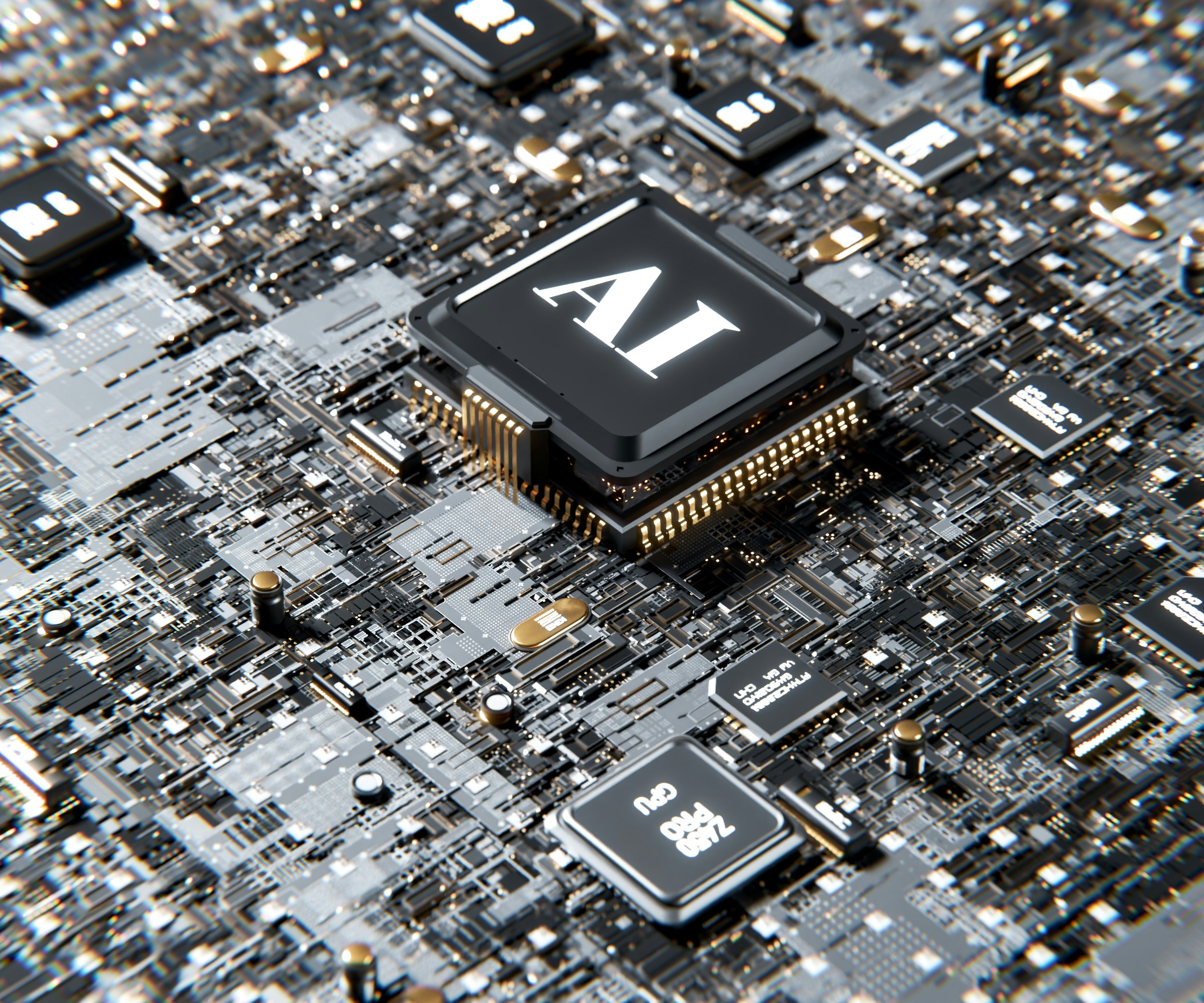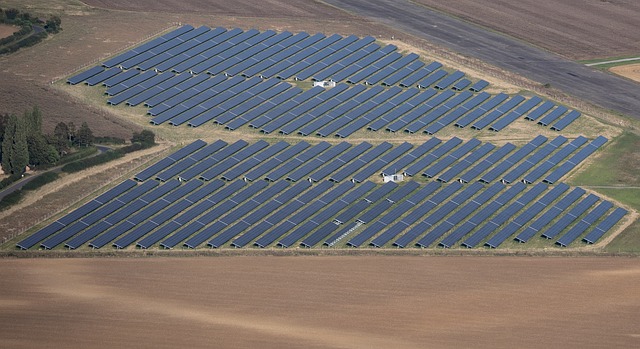Unraveling the Mysteries of Photonic Computing
Introduction: Step into the world of photonic computing—a fascinating branch of technology that promises to revolutionize the way we process information. Join us as we dive into its history, explore its current developments, and anticipate its potential impact on the digital landscape.

A Glimpse into the Past: The Genesis of Photonic Computing
Photonic computing, or optical computing, leverages light particles (photons) instead of electricity to process information. This concept isn’t entirely new. In fact, the seeds of this technology were sown in the scientific community as early as the 1960s. However, the idea didn’t garner much attention until the 1980s, when researchers began to understand the limitations of electronic computing.
Photonic Computing Today: Evolving with the Times
Fast forward to the present, photonic computing has evolved significantly. It’s no longer confined to the realms of theory and lab tests. Today, we see practical applications of this technology in various fields, from telecommunications to medical imaging. For instance, optical fiber networks, which use light to transmit data, have become a cornerstone of our internet infrastructure.
The Future Looks Bright: Anticipating the Impact of Photonic Computing
The future of photonic computing indeed looks promising. As we continue to push the boundaries of electronic computing, the need for faster, more efficient data processing is becoming ever more pressing. Experts predict that photonic computing could be the answer to this conundrum. By leveraging the speed of light, this technology could potentially process information millions of times faster than current electronic systems.
Photonic Computing and Market Dynamics: A Price Analysis
Given its potential, it’s no surprise that the market for photonic computing is expected to grow rapidly. According to a report by Markets and Markets, the global photonic integrated circuit market is expected to reach $3.5 billion by 2025, growing at a CAGR of 8.4% from 2020 to 2025. This growth is driven by the technology’s potential to significantly improve computing speed and efficiency, which could revolutionize a wide array of industries—from IT to healthcare.
Decoding the Complex: Making Photonic Computing Digestible
In essence, photonic computing is all about leveraging the power of light to process data. Instead of electrical signals, this technology uses light waves, which can carry more information and travel faster. Consider this: a beam of light can go around the Earth seven times in one second! Now, imagine harnessing that speed for data processing. That’s the potential of photonic computing.
In conclusion, photonic computing presents a fascinating frontier in the world of technology. As we continue to explore its potential, it’s exciting to imagine the possibilities it could offer. From lightning-fast internet speeds to powerful new computing systems, the future of photonic computing is a bright one.




